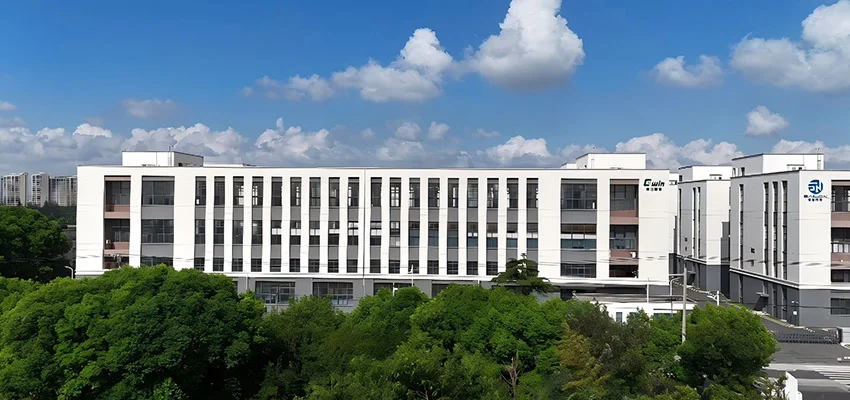When it comes to construction, the materials we choose can significantly impact the durability, stability, and overall performance of a structure. One such material that often flies under the radar is Styrofoam, particularly in its application beneath concrete slabs. While many may associate Styrofoam with packaging or insulation, its role in construction is both critical and multifaceted. This article delves into the reasons why putting Styrofoam under concrete is not just a good idea, but a necessary practice for modern construction projects.
- Thermal Insulation: A Barrier Against Heat Loss
One of the primary reasons for placing Styrofoam under concrete is its exceptional thermal insulation properties. Styrofoam, or expanded polystyrene (EPS), has a low thermal conductivity, which means it effectively reduces heat transfer. In climates where temperature fluctuations are common, this insulation helps maintain a stable indoor environment, reducing the need for excessive heating or cooling. Consequently, buildings with Styrofoam insulation can achieve significant energy savings, leading to lower utility bills and a reduced carbon footprint.
- Moisture Control: Preventing Water Intrusion
Moisture can be a silent enemy in construction, leading to structural damage, mold growth, and compromised indoor air quality. Styrofoam serves as a moisture barrier, preventing water from seeping up through the ground and into the concrete slab. This is particularly important in areas with high groundwater levels or in regions prone to flooding. By incorporating Styrofoam, builders can mitigate the risks associated with moisture intrusion, ensuring the longevity of the structure and the health of its occupants.
- Load Distribution: Enhancing Structural Integrity
Concrete is a robust material, but it can be susceptible to cracking if not properly supported. Styrofoam provides a lightweight yet effective solution for load distribution. When placed beneath concrete, it helps to evenly distribute the weight of the slab, reducing stress points that could lead to cracking or settling. This is especially beneficial in applications such as driveways, patios, and industrial floors, where heavy loads are common. By enhancing the structural integrity of the concrete, Styrofoam contributes to a longer lifespan and reduced maintenance costs.
- Cost-Effectiveness: A Smart Investment
While some may view the addition of Styrofoam as an unnecessary expense, it can actually be a cost-effective choice in the long run. The initial investment in Styrofoam insulation can lead to substantial savings in energy costs, maintenance, and repairs. Moreover, the reduction in moisture-related issues can save property owners from costly remediation efforts. When considering the overall lifecycle costs of a building, the benefits of using Styrofoam far outweigh the initial outlay.
- Environmental Considerations: Sustainability in Construction
In an era where sustainability is paramount, Styrofoam offers a viable solution for eco-conscious builders. Many Styrofoam products are made from recycled materials and are themselves recyclable. By choosing Styrofoam as a base for concrete, builders can contribute to a more sustainable construction process. Additionally, the energy savings achieved through improved insulation can further reduce the environmental impact of a building over its lifetime.
- Versatility: Applications Beyond the Ordinary
Styrofoam's versatility extends beyond traditional concrete applications. It can be utilized in various construction scenarios, including foundations, retaining walls, and even as part of green roofing systems. Its lightweight nature makes it easy to handle and install, allowing for greater flexibility in design and construction. As architects and builders continue to innovate, the potential applications for Styrofoam in construction are expanding, making it a valuable asset in modern building practices.
Conclusion: A Strategic Choice for Modern Construction
In conclusion, the decision to put Styrofoam under concrete is not merely a matter of preference; it is a strategic choice that can enhance the performance, durability, and sustainability of a structure. From thermal insulation and moisture control to load distribution and cost-effectiveness, Styrofoam proves to be an unsung hero in the construction industry. As we move towards more sustainable and efficient building practices, the role of Styrofoam will undoubtedly become more prominent, solidifying its place as a crucial component in modern construction.



